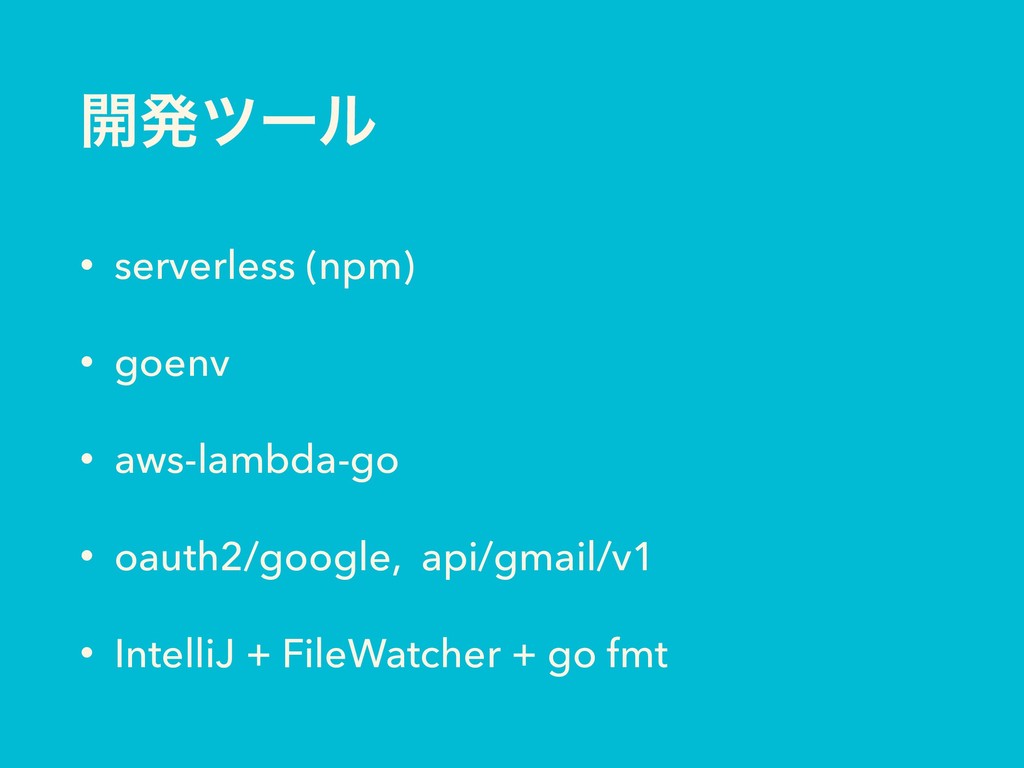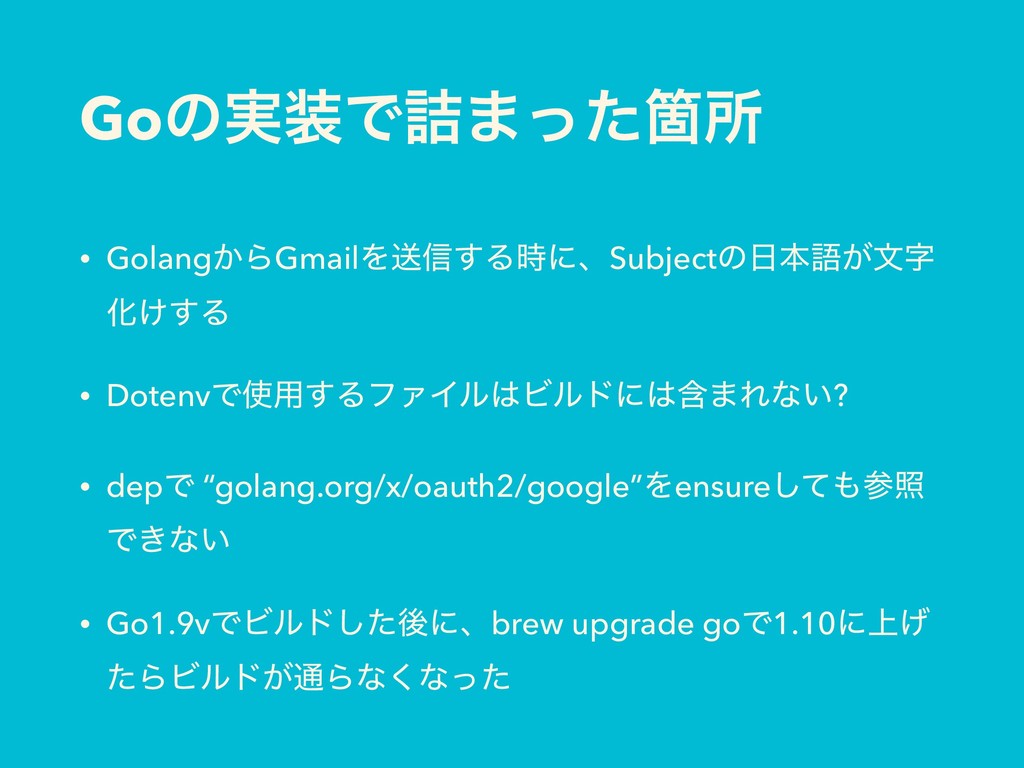

These expressions, by the way, are Enumerator-specific. This opens the Property Expressions Editor window.

Just beneath the Enumerator property dropdown, please find the Expressions property and click the ellipsis for Expressions shown circled in the image below: Rename the Foreach Loop Container “FOREACH File in SourceFolder”:ĭouble-click the Foreach Loop Container to open the editor. In fact, you could do everything I’m showing you in this demo using a single Script Task.ĭrag a Foreach Loop Container from the SSIS Toolbox onto the Control Flow surface. Please realize you can accomplish the same thing using an SSIS Script Task and a little. One is more “SSIS-y,” the other is more “script-y.” I’m going to show you the “SSIS-y” way.

We will use the SourceFolder parameter to set our directory to “watch” for a file. Rename the default SSIS Package SnifferPackage.dtsx: An SSIS PackageĬreate an SSIS Project named SnifferDemo: When it’s time to test, I will copy the file from the staging directory and paste it into the data directory. I’ve placed my file in a staging directory: I created LeonardsAndPets.csv, shown above. Sniffer Demoīegin by creating a file that contains some data. I can hear you thinking, “What does a sniffer do, Andy?” I’m glad you asked! The sniffer executes every now and then, checks for some condition – like the presence of a file in a directory – logs what it finds, and then responds accordingly. You can use a pattern I call the Sniffer Design Pattern.
#Filewatcher s3 how to#
The Snifferīut what if all you really know is SSIS? Maybe you don’t know how to write a service maybe you don’t have time to learn. If you really, really need to start loading the contents of a file within milliseconds of its arrival, please write a service. I’ve seen way too many memory leaks to feel comfortable with an SSIS package running forever. PS> Get-EventSubscriber | Unregister-EventĪt this point, the subscriber has been removed and we're back to where we started.Have you seen the SSIS File Watcher demos where a developer puts an SSIS package in an infinite loop while it waits for a file to show up in a directory? It’s a popular pattern, especially when files are FTP’d (or SFTP’d) to enterprises for processing. Then, to remove them, use the Unregister-Event cmdlet. We can view all existing subscribed events by using the Get-EventSubscriber command. This will continue to monitor this folder until the PowerShell session ends. This message came from the watcher we created. Our New-Item command didn't return anything since the output was sent to $null, but we did get a message saying the file was created. PS C:\> $null = New-Item -path 'C:\FolderWhereStuffChanges\file.txt' -ItemType FileĬ:\FolderWhereStuffChanges\file.txt was Created at 15:42:35 Let's now drop a file into the C:\FolderWhereStuffChanges folder and see what happens. Id Name PSJobTypeName State HasMoreData Location Command PS> Register-ObjectEvent $watcher 'Created' -Action $action To do that, I'll use the Register-ObjectEvent cmdlet and provide it the watcher object we created, as well as the type of action to monitor. Now that I have the watcher object and the action I'd like to take when a file is created, I then need to register this event. Write-Host "$path was $changetype at $(get-date)" This is a variable that will be present every time an event fires and contains information such as the file path and the type of event that fired. As you can see below, I'm using the built-in variable. We define this action by creating a PowerShell scriptblock. There are different types of events you can "watch," such as new files or modified files, but in this article we're just going to focus on new files. For simplicity, I'll write output to the console with the name of the path of the file that gets created and the type of event. I now need to define some action to take when the event fires. $watcher.Path = 'C:\FolderWhereStuffChanges' I do that with the Path property, and since I want the watcher to raise events when one happens, I'll also set the EnableRaisingEvents property to $true. I also need to specify which folder I'll be monitoring.

To do that, I'll assign the IncludeSubdirectories property. For example, I'll be monitoring a folder for new files and perhaps I'd like to monitor all subfolders, as well. Once you've instantiated the object, you can then provide various "parameters" to the watcher by assigning values to different object properties. $watcher = New-Object System.IO.FileSystemWatcher


 0 kommentar(er)
0 kommentar(er)
